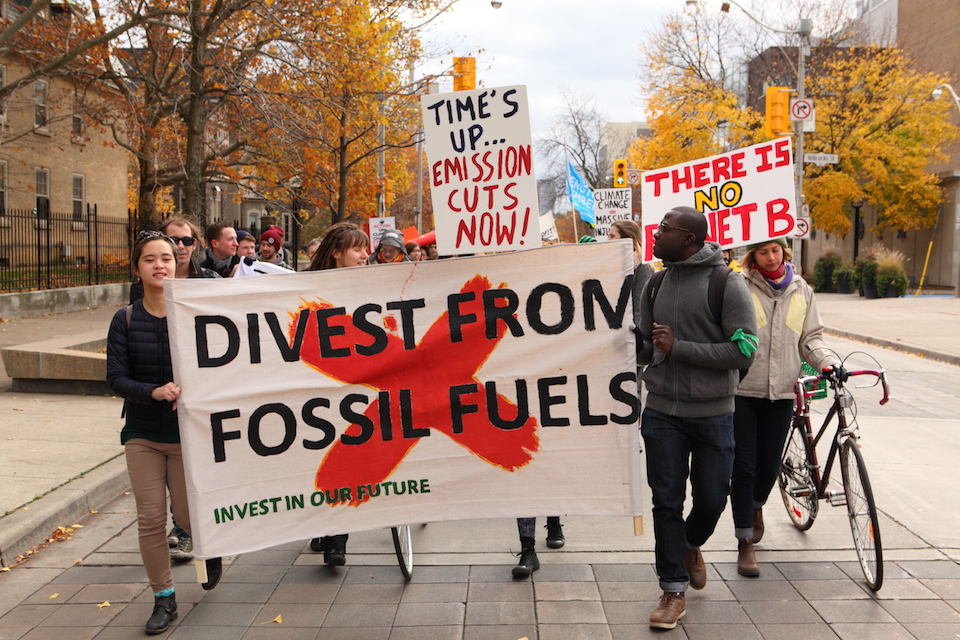by Sean Fine, reposted from the Globe and Mail, Apr 4, 2016
Canada’s residential-school survivors have been given control over a massive trove of historically important documents on abuse, after the Ontario Court of Appeal ruled that they had an expectation of privacy when they created the documents through their testimony in closed hearings.
The ruling Monday gives 38,000 former residential-school students the right to decide over the next 15 years whether to destroy records related to their personal abuse or to give those records to the National Centre for Truth and Reconciliation, for preservation in a national archive. All government records on those same claims will be destroyed.
Justice Murray Sinclair, who headed the Truth and Reconciliation Commission created as part of the 2007 residential-schools settlement, argued that Canada could lose its historical memory of the events unless the first-hand accounts were preserved. The federal government said that it owned these records. And Catholic agencies that had run many of the government-funded schools, which indigenous children were forced to attend beginning in the 1880s, said they should be given a veto over records preservation.
But in a 2-1 decision, the Ontario Court of Appeal said that an assurance of near-absolute confidentiality for the survivors was built into the compensation process; many applicants would not have testified otherwise.
Under a process that settled dozens of lawsuits around the country, the federal government agreed in 2007 to set aside a small amount of money for each indigenous person who had been enrolled at a residential school. A larger amount of money – capped at $275,00, plus $250,000 for income loss from the lasting effects of abuse – was set aside for those who could show they were sexually abused, seriously physically abused or subject to other wrongful acts resulting in serious psychological harm.
To qualify, the individuals had to fill out application forms and testify in front of an adjudicator. The audiotapes, transcripts, adjudicators’ decisions and application forms of the 38,000 people who sought this larger amount of compensation form a large historical record.
The judges said government did not control the documents – the court itself did, and it has a responsibility in class-action lawsuits to promote access to justice. And the law passed by Stephen Harper’s government that set out the terms of that settlement “put the survivors, not Canada and not anyone else, in control of their own stories,” Chief Justice George Strathy wrote, joined by Justice Jean MacFarland.
The survivors who do not wish their records to be preserved “should not have to run the risk that any part of their stories will be stored, against their will, in a government archive and possibly disclosed at some time, even far into the future,” they said. That would run opposite to the settlement’s purpose: healing and reconciliation.
Disputing Justice Sinclair’s point that historical memory will be lost, the judges said “a public record will be preserved … which will include thousands of individual stories, freely given.”
Chief Adjudicator Dan Shapiro said in a statement that the ruling will be comforting to thousands of claimants, “many of whom were distressed at the prospect that the most personal details of the abuse they suffered at residential schools could one day be made public.”
A spokesperson for the Indigenous Affairs department said the federal government is “committed to honouring Canada’s lawful obligations to Indigenous peoples and working collaboratively to renew the relationship based on recognition, rights, respect, and co-operation,” and is reviewing the ruling and considering its next steps.
Justice Sinclair, appointed last month to the Senate, could not be reached for comment. SOURCE









